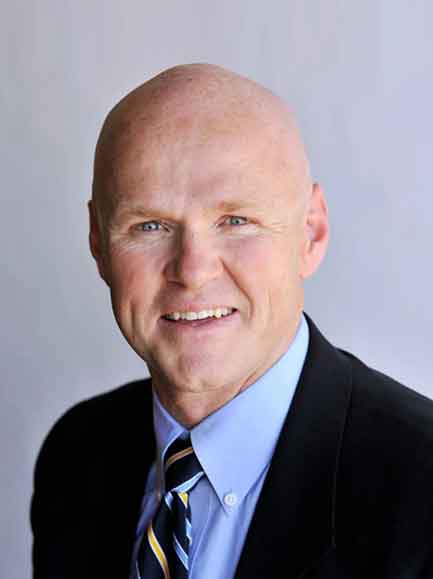Symptoms of a Growth Plate Fracture
Indicators of a growth plate injury often resemble the signs of a low-grade fracture. Here’s what your child might experience:
- Pain and tenderness around the injured growth plate
- Difficulty moving or flexing the affected limb
- An inability to put pressure on the damaged joint
- Swelling near the end of a bone
- A warm sensation near the site of injury
Some growth plate injuries are more serious than others. Podiatrists typically rate growth plate fractures on a graded scale. Type I growth plate fractures, for instance, are minor injuries that don’t extend into the surrounding bone. In contrast, Type V injuries—the most severe category of growth plate fracture—usually involve extensive crushing damage to the adjoining bone and joint.
Diagnosing and Treating a Growth Plate Injury
Diagnosing growth plate fractures isn’t always easy, even for physicians who regularly consult young patients. At Rocky Mountain Foot & Ankle, our podiatrists typically perform a physical examination to determine the probable cause and site of injury. If we believe that your child’s growth plate might be fractured, we may use medical imaging tools—an X-ray, MRI, or CT scan—to inspect the bone and growth plate for damage.
Your child’s options for treatment depend on several factors, including the severity of the injury, their age, and overall health. Common treatment methods include:
- Reducing inflammation by placing ice on the affected joint
- Stretching exercises to strengthen injured tissue
- Immobilization, such as supporting an injured limb in a cast or surgical boot
In some cases, if the injury isn’t especially complex, our podiatrists can simply use their hands to manipulate displaced growth plates back into their correct position. However, more serious fractures sometimes necessitate surgery, from which most children can recover in four to six weeks.
How Professional Care With Our Caldwell and Meridian Podiatrists Help Growth Plate Fractures
Growth plate fractures are common injuries that can almost always be treated. However, waiting too long to seek care can pose a significant risk of longer-term injury. Complications could include:
- Malunion, an injury caused by the failure of a healing growth plate to realign with its base bone or joint.
- Nonunion, an injury caused by a growth plate’s inability to fully heal.
- Stunted growth, which can impact development in the affected plate and cause an individual bone to be shorter or smaller than expected.
Although fracture-related complications have the potential for lifelong disabilities, children’s bodies are surprisingly resilient. Most injuries heal within weeks or months of treatment with the right podiatric care.


